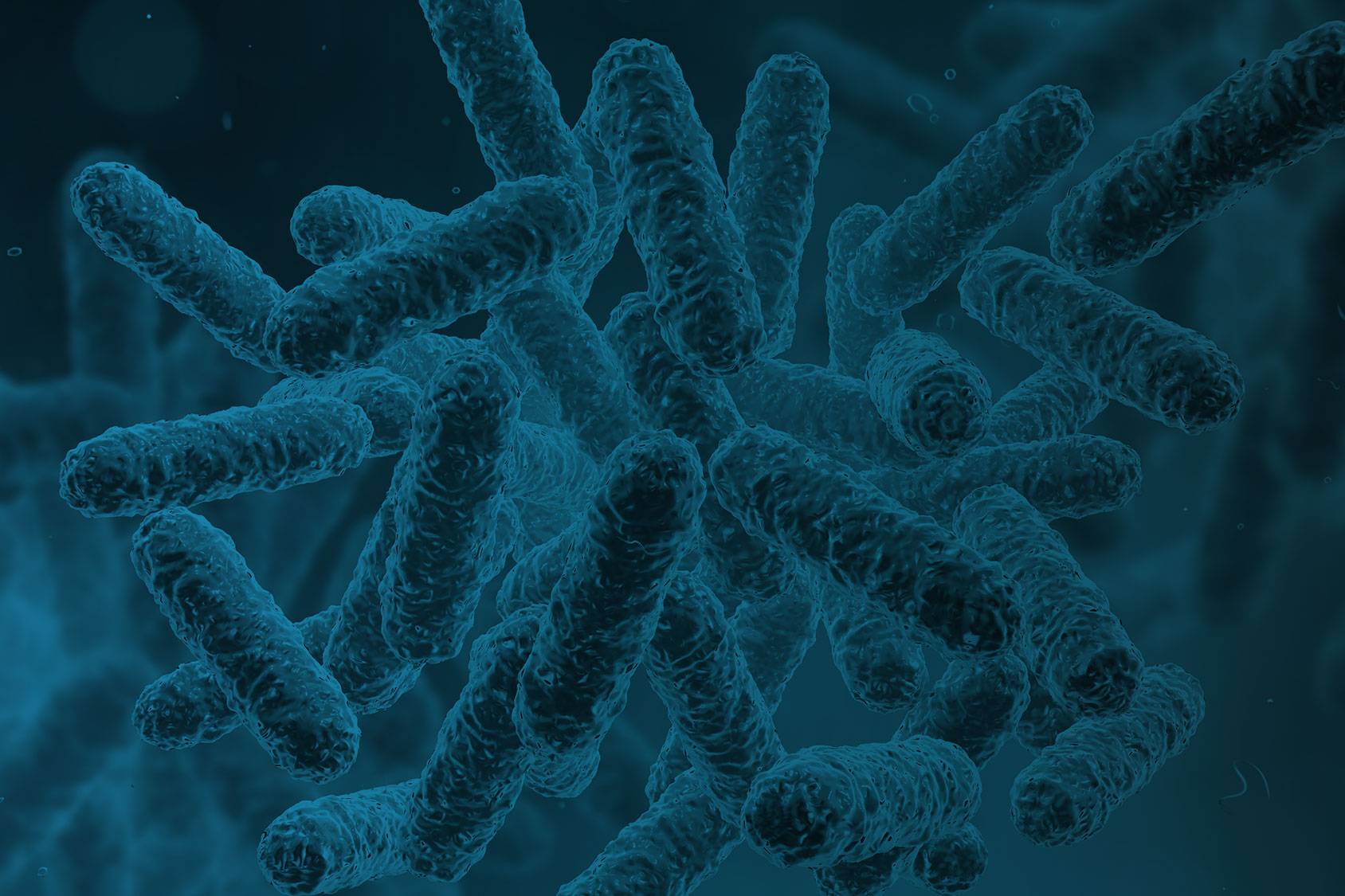Research and Innovation
HairScience The chemosensory line of research
Hairscience Projects / The chemosensory line of research
The chemosensory line of research
In another extremely innovative piece of translational research, we analysed the ancient chemosensory receptors (olfactory receptors) which are not only the basis of our ability to smell, but are also expressed and functionally active at the level of human epidermal keratinocytes, such as the OR2AT4 receptor, which is selectively activated by Sandalore®, an odorous molecule of synthetic sandalwood.
These receptors form part of an evolutionarily ancient chemosensory system, whose expression and activity extend far beyond the sense of smell. For example, it was recently discovered that the OR2AT4 receptor is expressed by keratinocytes of the human epidermis, and Sandalore® stimulates the proliferation and migration of these cells.
The hair follicle is a mini organ in which the maintenance of proliferative activity is essential for prolonged hair growth. It was, therefore, exciting to discover that OR2AT4 is expressed at the level of human hair follicles and that Sandalore® stimulates hair growth ex vivo.
When this substance selectively activates its target receptor, OR2AT4, it stimulates hair growth by prolonging the anagen phase and delaying the catagen phase (hair involution phase), mainly through the hyperactivation of the growth factor IGF-1, essential for the maintenance of the anagen phase.
Sandalore® also negatively regulates the expression of the growth factor TGF2 involved in the activation of the catagen phase.
With this research backed by Giuliani, a new approach has been identified that regulates hair growth in humans: the selective stimulation of olfactory receptors through specific odorous molecules.
Giuliani continues to explore this exciting new frontier in skin and hair research and systemically dedicates itself to this mission which can lead to the discovery of other olfactory receptors and odorous molecules with similar effects to Sandalore®.




